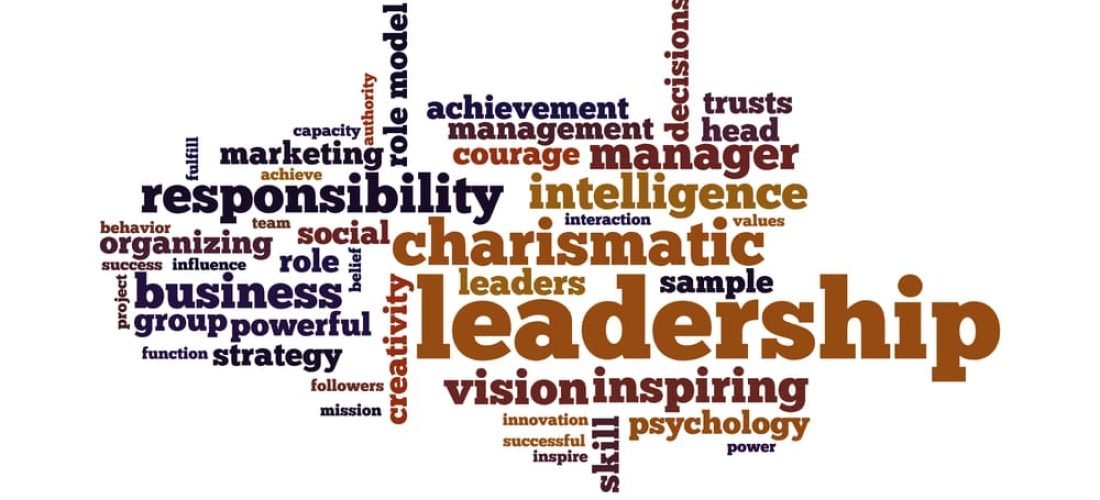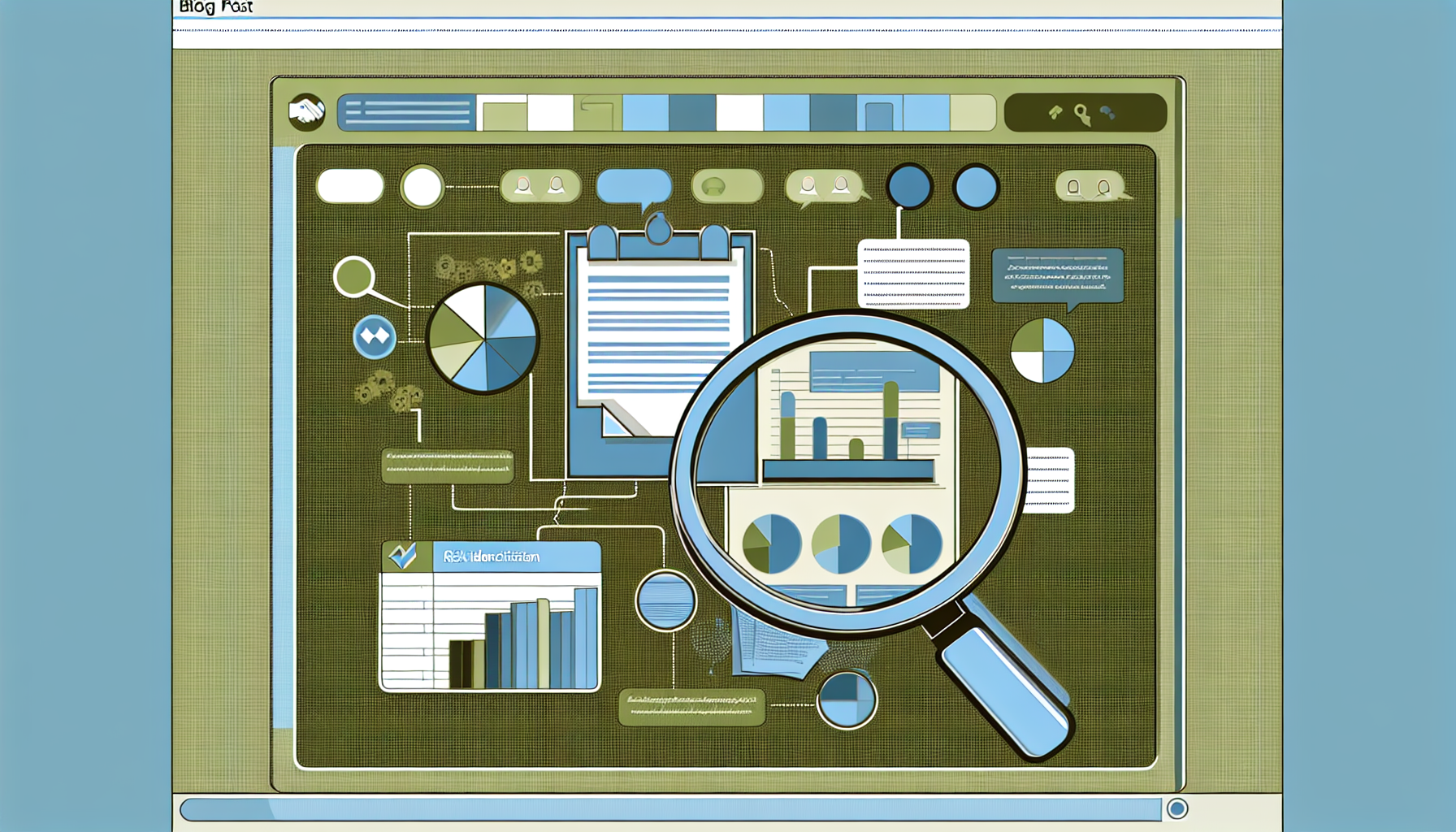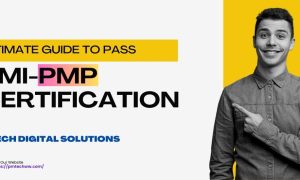Every project manager knows that risk is an ever-present shadow over their projects. But do you have the skills for a project manager risk management skills to dispel the uncertainty it casts? This guide is tailored to arm you with the distinct skills needed for identifying, analyzing, and responding to risks—and it’s crucial to be able to identify risks early in the project lifecycle to ensure a robust defense against potential threats. Empowering your project against the unknown requires a well-defined project risk management process, where the project manager plays a pivotal role in managing risk effectively. Step into this read prepared to bolster your abilities in the essential art of project risk management.
Key Takeaways
- Effective risk management in project management is essential for guiding projects through potential risks and opportunities, enabling informed decision-making, maintaining budget control, and ensuring compliance with standards.
- Core risk management skills for project managers include identifying threats and opportunities, analytical reasoning, clear communication, and robust decision-making to successfully mitigate risks and capitalize on opportunities.
- Developing a comprehensive risk management plan is vital, requiring early identification, analysis, prioritization of risks, creation of response strategies, and continuous monitoring and updating throughout the project’s lifecycle.
The Role of Risk Management in Project Management
Risk management is the steering wheel for project management that steers projects around unforeseeable hurdles and its function is different from cutting down threats only; in as much as it also focuses on minimizing opportunities that can be harnessed to better align with project goals. It is like the project’s immunity system which makes it more resistant by tackling future challenges before they disrupt much of its activities.
Risk management:
- Enhances decision-making processes
- Empowers project managers to make well-informed decisions that maintain budget control and keep focus on achieving objectives.
- Ensures compliance with various standards, promoting a structured and disciplined approach towards managing risks.
- Highlights the importance of a well-defined project risk management process, guiding project managers in effectively identifying, mitigating, and managing project risks to achieve project objectives while managing risks.
Why Risk Management Matters
In any project, it is standard practice to manage potential risks. If the risk management process is successful, it will minimize these dangers and enable the project to stay on course so that it can meet its goals; this involves identifying and resolving issues as well as uncovering opportunities for benefiting the project. Without effective risk management, projects would deviate from their targets hence project managers should always ensure that the same is well monitored in order not to drift from their intended course.
Implementing risk management properly can result in improved project results. Project managers can steer their projects successfully even in uncertainty by categorically taking care of what might go wrong as well as what could go well.
Further Reading: Risk Management: Ultimate Guide to Navigating Uncertainties
Challenges in Risk Management
Managing risk is no different from any other big project in that it involves its own difficulties. Setting short and long term goals for this project is a particularly difficult task. When objectives are not properly stated, losing focus or diverting from the right course becomes possible.
Another obstacle that could come up is maintaining the continual source of money during the period when such a project has to be carried out. Knowing the exact costs helps in avoiding budget overruns as well as encountering financial shortages while running the venture irrespective of whether it is a small or big one. Sometimes, setting non-feasible time limits may be a problem. Proper tools and skills should be there to manage both probabilities.
Essential Risk Management Skills for Project Managers
To successfully handle the risks associated in a project involves a difficult process that requires people who know how to do it and are skilled about them. Every project manager must possess fundamental skills in risk management, firstly, the capability to recognize possible dangers or opportunities, secondly, logically analyze threats, and finally, have efficient and fast ways of dealing with them in addition to the technical ability and statistical literacy.
Before analyzing or responding to an identified risk, it would be great if these risks were identified beforehand using risk assessment matrices, stakeholder engagement as well as brain storming sessions due to its significance.
Project managers who have gained experience in these significant areas can better review and forecast potential risks; hence making their project outcome more profitable. in Effectively handling the sequence of activities in a project preprocess with priory on risk management practices.
By nurturing the required skills, project managers can boost their skill level and help pave the way for achievement of overall success. Risk control capacities are improved with the goal of enhancing the chances of attaining positive results. In the process, one is able to proactively deal with potential challenges which creates avenues for growth in terms of job progression.
Analytical Skills
Data and analysis are crucial when it comes to project risk management, with which provide a solid footing on which that ensures project managers make informed decisions as opposed to using their own judgment or instincts alone. The worth of this expertise is well understood since it allows for an estimation of possible events’ chances of occurrence alongside their potential effect on them by project managers through different methodologies as well as instruments.
Hence, honing analytical skills is essential in effectively monitoring project progress and adapting strategies in response to potential changes or emerging risks that may arise.
Communication Skills
Communication is an essential element in the complex web of project risk management. It acts as a bridge between all aspects and plays a crucial role by enabling:
- presenting clear explanations for the team and stakeholders about decisions made during risk management
- effectively utilizing various forms of communication methods
- practicing active listening skills
- utilizing nonverbal cues to ensure mutual understanding.
By mastering these abilities, project managers can avoid common communication challenges such as ambiguous objectives and internal conflicts within their teams, which may weaken the effectiveness of project risk management.
Decision-Making Skills
In the domain of project management, decision-making assumes a position of high significance where a careful consideration of most appropriate solutions to the project at hand is made crucial. Project managers are required to have ability to make quick and assertive decisions amidst several choices by examining their merits and demerits alongside meeting the demands of stakeholders.
The talent to correctly decide is important in recognizing suitable risk avoidance approaches and expeditiously apportioning resources, the two basic elements endorsing success of any project.
Developing a Risk Management Plan
A risk management plan serves as the project’s compass in an unclear sea filled with probable risks. How risks currently non-existent are recognized, assessed and dealt with by the team is outlined in this comprehensive document. This planning should take place during the early stages of project ensuring that all related dangers are identified as well as their possible effects monitored during the period of the project.
In essence, a detailed risk management strategy serves as a wall of protection around ventures, warding off uncertainties.
Further Reading: Mastering Risk Management Plan: Essential Steps For Leaders
Identifying Risks
Proactive identification of risks is the first step towards the creation of a strong risk management plan. In order to accomplish this first step different approaches should be used like brainstorming, SWOT analysis, inspections, and root cause analysis. These techniques are successful in revealing threats that may occur while the project is in progress. The expert interviews and the Delphi method are also important in determining the hidden or unknown risks.
Risks can come from different directions. Research on previous audits, performance indicators, and other relevant documentation is also necessary for risk identification. This will also help the team to anticipate similar situations when they are about to encounter identified risks in upcoming projects.
Further Reading: The Ultimate Guide To Conducting A SWOT Analysis: Uncover Your Competitive Edge
Analyzing and Prioritizing Risks
Having detected possible risks, the next thing is to assess and rank the risks. This requires the use of tools like risk matrices, the Pareto Principle, and risk scoring to apportion resources and attention to the most critical risks. This can be done through quantitative risk analysis.
It is therefore essential to review and update priority levels for these risks on a regular basis to mirror any changes that might occur in the scope of the project or strategic shifts within an organization. This guarantees that all the risk management operations are still in line with the current objectives.
Creating Risk Response Strategies
A risk management strategy is akin to developing a battle plan to face uncertainties and opportunities. These strategies include developing plans that manage not only negative risks that can be avoided, mitigated, transferred or accepted. In addition to positive risks (opportunities), including exploiting, enhancing or sharing. Project managers should be focused on risk management through the process of identification, assessment, and execution of response plans which aims to reduce impact on project objectives.
The risk response plan should be practical and cost-effective as well as acceptable to all the project stakeholders as part of the wider risk management effort.
Implementing and Monitoring the Risk Management Plan
Once the risk management plan has been developed, it is time to implement it. This includes implementing risk management tactics, appointing owners for each risk identified, and continuously reviewing and updating the methods used in the whole lifecycle of a project. Regular assessments of possible risks are very important in surveillance of present situation, revealing any newly developing threats, and maintaining transparency in all activities of risks.
This process is an ongoing one and it needs constant attention and flexibility if the changes arise and some threats are to be prevented.
Assigning Risk Owners
Choosing a trusted person to manage each risk is like appointing a guardian for the entire project from the hazard. The assigned risk owners carry the responsibility to be vigilant in identifying, addressing, monitoring, and communicating any changes or threats involving their allotted risks.
Assigning people as risk owners before starting a project can guarantee them to have the right expertise, control and the power to deal with risks.
Tracking and Updating Risks
Regular reviews, common meetings, and change requests are an indispensable part of the continuous work of risk tracking and updating. The risk register must be reviewed and changed frequently to capture any new knowledge or changes that may have an impact on the associated risks in a project.
Using project management software that integrates all aspects of risk management such as issues, changes, and risks themselves can dramatically improve how such difficulties are handled in a project. Here, the method translates into the most effective control of probable occurrences and timely updates that should come so that proper risk management comes.
Communicating Risk-Related Information
Risk management’s success is in a large part a matter of communications. It might be also about justification of the process of risk management or creating an atmosphere of awareness among the project team. Communication is vital in this case. This necessitates the use of different communication forms and techniques, active listening to others, and the use of nonverbal skills in order to ensure clear understanding.
Through mastering these skills, the managers manage stakeholder expectations successfully and get stakeholder’s approval for the project through keeping them informed about the risks. Hence, the development of sound communication practices should be focused on to help overcome any potential obstacles during the project.
Leveraging Project Management Software for Risk Management
Project management software is one of the important tools to handle project risks in this era of technology. It helps in addressing possible issues at every stage of the project and it fosters teamwork through the provision of current information.
Project management software allows for a holistic approach to risk management in projects through monitoring of processes and grading the risk levels by severity.
Features and Benefits
Project management software offers a myriad of features that enhance:
- Communication among team members and stakeholders by providing graphical reports on potential risks that are accessible regardless of location
- Risk identification and assignment
- Integrated risk management tools
These features help streamline project management and improve overall efficiency.
It also offers real-time dashboards and workflow automation that trigger instant risk alerts, helping project managers quickly identify and respond to potential issues.
Popular Project Management Software
Different project management software that are commonly used are available and each one has its own specific features and benefits. Some of the outstanding choices are Monday.com and Microsoft Project.
The software solutions have many functionalities including the assignment of risks and risk tracking updates in real time as well as the visual representation of risk through risk matrixes.
Tips for Enhancing Risk Management Skills
Risk management skills development is an ongoing process characterized by perpetual learning, learning from experience and networking with other practitioners in the field. There are many ways of improving the skills in risk handling, from getting a diploma or an advanced project management degree to taking part in training programs and workshops.
This part provides recommendations on how project managers can polish their risk management skills and successfully cope with possible threats within the projects.
Continuous Learning
In the ever-evolving world of project management, continuous learning remains crucial. This can be accomplished through:
- Obtaining certifications
- Staying updated with industry developments
- Enrolling in training programs
- Finding a mentor who is experienced in the field
- Attending trade shows and conferences
These opportunities provide avenues for networking and building confidence when interacting with others within the profession.
Having an active and professional online presence, especially on platforms such as LinkedIn, is also vital for establishing one’s personal brand and expanding their network.
Learning from Past Projects
Experience gained from previous projects provides a rich source of project risk management knowledge to identify and make plans to manage potential risks for future projects. Data from such previous experiences i.e. project audits, performance indicators, documentation like plans and reports, team member and stakeholder interviews, identification of common risk and issues faced before, documentation of key takeaways could be a useful guide.
Through parsing through past documentation pertaining to risk management – such as audits or performance indicators – teams can extract information which would enable them to control possible hazards when handling similar projects in the future. It is advisable that such comprehensive analytical process includes not only examination of existing documents, but also discussion with those who partook in those past ventures.
The knowledge acquired through recording common past errors, successful practices used before by other colleagues, together with the patterns of repeated incidents of a given risk type significantly reinforces both long-term strategy and short-term emergency response.
Networking and Collaboration
Networking and collaboration significantly help in developing risk management skills. Creating an online presence, participating in trade shows and conferences, and promoting risk-taking within the company are key.
I see no doubt as to the benefits of these activities for risk-management skills and professional growth through conferences with experienced industry players.
Engaging in such opportunities provide useful experiences on how to handle possible hazards. People searching for knowledge, individuals wishing to gain new skills in risks management for example, should take part in such activities as they give a chance for a quick growth.
Summary
To summarize, risk management is one of the essential qualities of project management. It needs strong array of skills such as analytical, communication and decision-making skills. Creating a thorough risk management plan, executing and controlling it, and utilizing project management software are critical in effective project risk management. Continuous learning, lessons learned from past projects, and networking and collaboration, are key in improving risk management skills. During the uncertain journey of project risks, project managers will use these strategies and skills as their compass to bring them to the successful outcomes of a project.
Frequently Asked Questions
What is a project managers role in risk management?
Management of risk is the key duty of a project manager that is supposed to be capable of risk identification, assessment, recording and management to avoid any negative influence on project objectives. This calls for forecasting the possible results and developing productive courses of actions.
It also consists in predicting the results that can be caused by those risks and coming up with optimum response plans for successful risk elimination through the ability to manage risk effectively.
What are the 5 risk management strategies in project management?
The management of risks in a project can be achieved through five main strategies: acceptance, avoidance, control, transfer, and monitoring. These techniques are necessary for managing the possible risks that may occur in a project.
What skills are essential for project risk management?
Another key consideration of managing project risks effectively is the identification, evaluation, and treatment of risks and opportunities.
What are the steps in developing a risk management plan?
Listing and assessing risks is the first stage of developing risk management plan. When they are identified, they should be prioritized according to their severity or likelihood. The next would be prototyping stage.










